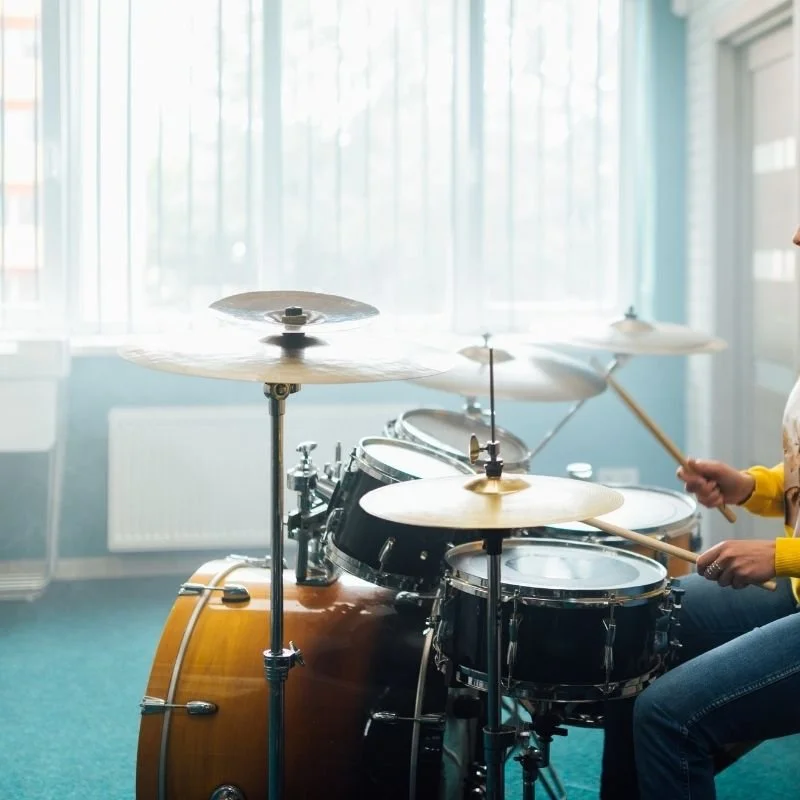How to Practice Improvisation on the Drum Kit – Beginner Routine
Improvisation is where drums go from “playing the part” to creating the moment — it's spontaneous, expressive, and musical. But for beginners, it can also feel scary. What do you play when there are no rules?
At In-Home Drum Lessons by David Montoya, I teach students how to develop their improvisation skills with structure — so they can be creative without feeling lost.
This is Part 8 in our Drum Practice Routine Series, and it’s all about building confidence on the kit by learning how to improvise with purpose.
🥁 What Is Drum Improvisation?
Improvisation means creating rhythms in the moment — using what you know to respond to the music or just express an idea on the fly.
It doesn’t mean playing random notes. Great improvisation is built on:
Groove
Phrasing
Dynamics
Listening
✅ 30-Minute Improvisation Practice Routine for Beginners
1. Warm-Up With Familiar Patterns (5 minutes)
Start with basic grooves, rudiments, or fills.
The goal here is to get in the zone and loosen up.
Try 2 bars groove → 1 bar fill → repeat
Then, change the fill each time
2. Choose a Limitation (10 minutes)
Pick one restriction to challenge creativity:
Only use hi-hat, snare, kick
Play only eighth notes
No repeating the same pattern twice
Stay quiet (soft playing only)
These limitations force creative decisions and help you listen more closely.
3. Groove + Fills Improv (10 minutes)
Set a timer for 2–3 minutes at a time.
Alternate between grooving freely and filling in the gaps however you feel.
Ideas:
Play a solid beat → add variation → throw in surprise accents
Use the toms like melodies
Improvise in 4-bar phrases
Record yourself and listen back!
4. Solo Over a Loop or Track (5 minutes)
Play over a backing track (rock, funk, or hip hop).
Try to match the feel, not just play over it.
This helps you build musical instincts, not just patterns.
🧠 Why I Teach This
Improvisation is where confidence, creativity, and musical maturity come together. It teaches you how to:
Stay in time under pressure
Build musical ideas in real-time
Express yourself on the kit
In my in-home lessons, we work on improvising in context — through games, song play-alongs, and creative exercises built for each student’s level.
📍 Drum Lessons Available In:
Gardena
Torrance
Redondo Beach
Manhattan Beach
Palos Verdes
Contact me today to start learning how to solo and improvise on the drums!
📞 Contact Info:
In-Home Drum Lessons by David Montoya
📞 310-502-4413
🌐 www.drumlessonsinhome.com

